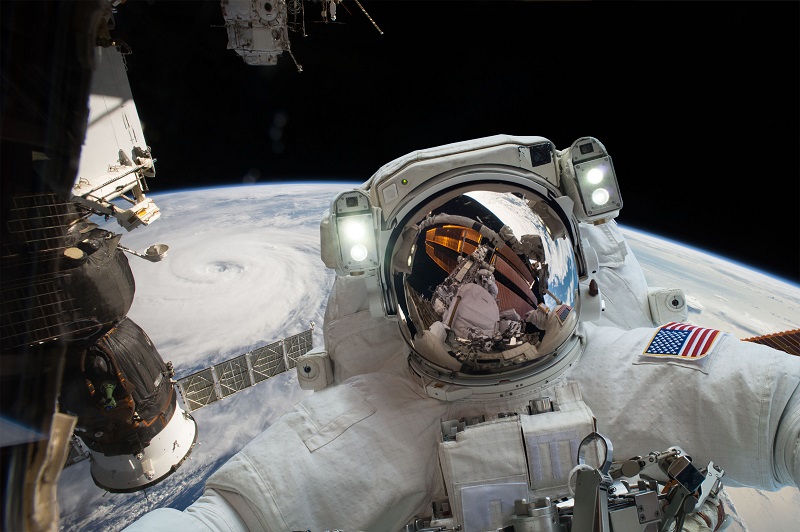
Without them, the world will be a lot different
Space Day has been celebrated every May’s first Friday since 1997 and this year it is May 1. We’ll celebrate the first moon landing, the successful recovery of Apollo 13 astronauts, and other well-known space program highlights.
But there’s another story for every famous mission or astronaut like Neil Armstrong — and a person whose groundbreaking accomplishments never made it into the history books. Those are the unsung heroes of space exploration who helped shape our understanding of the universe from the first Asian American to travel into space to a woman on the ground who promoted diversity in NASA.
Harriett Jenkins
Diversity is vital to any organization’s success and Harriet Jenkins was a crucial part of making this happen at NASA. From 1974 to 1992, as the assistant administrator for the equal opportunity program of the agency, she worked actively to develop programs to help women and minorities achieve jobs within the organization, including hiring the first African American astronauts from NASA. Today, her legacy lives on through a fellowship program created in her name by NASA.
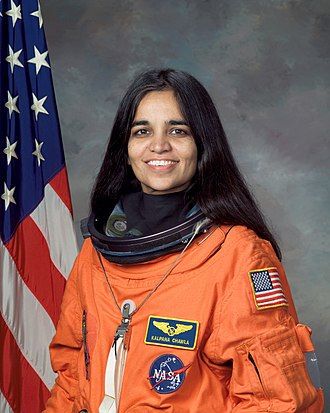
Kalpana Chawla
Kalpana Chawla was fascinated by flight as a young girl living in her native India. She had her first ride in a local flight club on a small aircraft. She moved to the United States after graduating from college in India, where she earned her Masters of Science in Aerospace Engineering from the University of Texas and a PhD in Aerospace Engineering from the University of Colorado.
She entered NASA in 1994 and became the first Indian-born woman to fly in space in 1997. Tragically, in 2003, she was killed on her second space mission, when the Columbia space shuttle exploded after re-entering. Chawla was an inspiration to many, and one of the pioneering women who changed the world should be remembered as such.
Shelby Jacobs
Perhaps there is no more iconic photograph than the “Blue Marble” photo taken from space, which revealed the Earth’s curvature for the first time (in 1972). Shelby Jacobs, who grew up during segregation and faced racism throughout his career, designed the camera system which gifted us with this image. Following the publication of Hidden Figures in 2016, Jacobs and his wife started promoting equal pay and recognition of women and people of color working in the engineering industry.
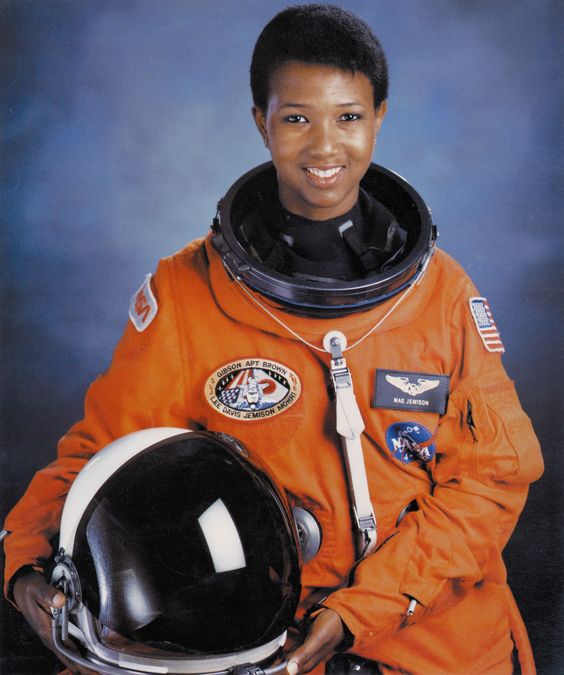
Mae Jemison
Mae Jemison is a doctor and an engineer. She also holds the distinction of becoming the first African American woman in space; in 1992, she and her crew orbited Earth 126 times aboard the Endeavor space shuttle. The accomplishment is especially remarkable considering that she had to overcome her fear of heights first.
Jemison said she was inspired by her curious parents, who never stopped asking questions, and by Sally Ride, the first spacewoman and one of the most famous women in flight. Today, she is working day and night to encourage education and literacy in science.
Jing Li
Toxins in the air are never a good thing, but when you are aboard, a cramped spacecraft is especially dangerous. The scientist Jing Li created an electronic nose using nanotechnology to detect toxins and fuel leaks in the air. The invention is compact and lightweight, making it suitable for manned spaceflights. It can also be used for detecting air pollution and fuel leakage at airports, as well as for protection and security purposes.
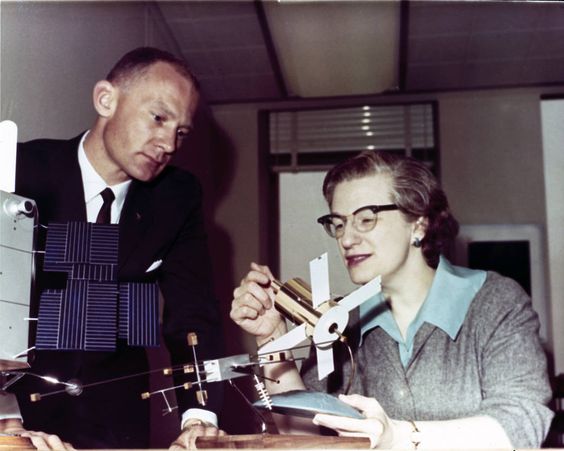
Nancy Grace Roman
Nancy Grace Roman, also referred to as the “Mother of Hubble,” played an integral role in designing and advocating for space-based telescopes, including the Hubble Space Telescope. She was NASA’s first Astronomy chief and the first woman to be promoted to a high-level executive role within the agency.
As a young girl, she was discouraged because of her gender from a career in the sciences. She became a strong advocate for the promotion of women in the sciences after her retirement in 1969.
Emmett Chappelle
Emmett Chappelle is a scientist whose research contributed to the discovery that different combinations of chemicals can emit light from all the organisms. His research has been a crucial part of designing the technologies used on NASA’s Viking probe mission to scrap soil on Mars.
In 1966, Chappelle started working with NASA and retired in 2001. He was honored with several awards during his years there including the NASA Outstanding Scientific Achievement Award; he was also named one of the top 100 African American scientists and engineers of the 20th century by the Museum of Black Innovations and Inventions.
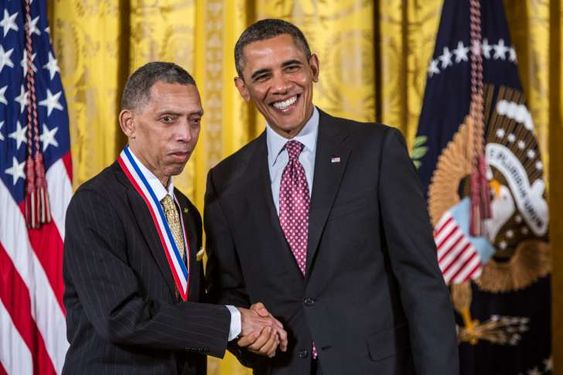
George Carruthers
George Carruthers is an inventor whose achievements include the invention of a space-based image converter that produced proof of molecular hydrogen. This helped scientists to research the Earth’s pollutant atmosphere, and see the galaxy’s UV images.
He also developed a program that offered high school students the opportunity to volunteer at the Naval Research Laboratory and taught courses to help teachers learn more about Earth and space sciences in public schools.
Ellison Onizuka
Colonel Ellison Onizuka was the first Asian American to fly in space on the Discovery space shuttle in 1985. He’d represented the nation as a flight test engineer and air force test pilot before becoming an astronaut.
Sadly, at the age of 39, a year after the Discovery mission, Colonel Onizuka’s life was cut short when the space shuttle Challenger just exploded 73 seconds after its launch. The tragedy has claimed the lives of all seven crew members abroad.
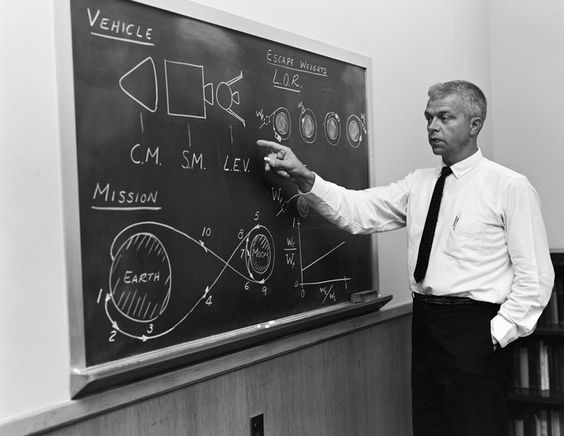
John Houbolt
When people talk about space travel, they generally think of astronauts. But astronauts will never be able to travel into those space suits without the people on the ground providing much assistance.
John Houbolt championed the Lunar Orbit Rendezvous method during the space race in the mid-20th century when NASA tried to find out how to land on the moon, in which a massive spacecraft would circle the moon while allowing a smaller object to land on its surface. This approach was met with strong resistance, but ultimately, NASA was convinced by Houbolt’s advocacy and as they claim, the rest is history.











































